Art history is rich with movements that, while not always in the spotlight, have left a lasting impact on modern culture. These obscure art movements often pushed the boundaries of creativity and innovation. Each of them brought something unique to the world of art. Their influence can still be seen in various aspects of contemporary design, fashion, and even technology. Here are some of the most intriguing, yet lesser-known, art movements that have shaped the cultural landscape.
Vorticism
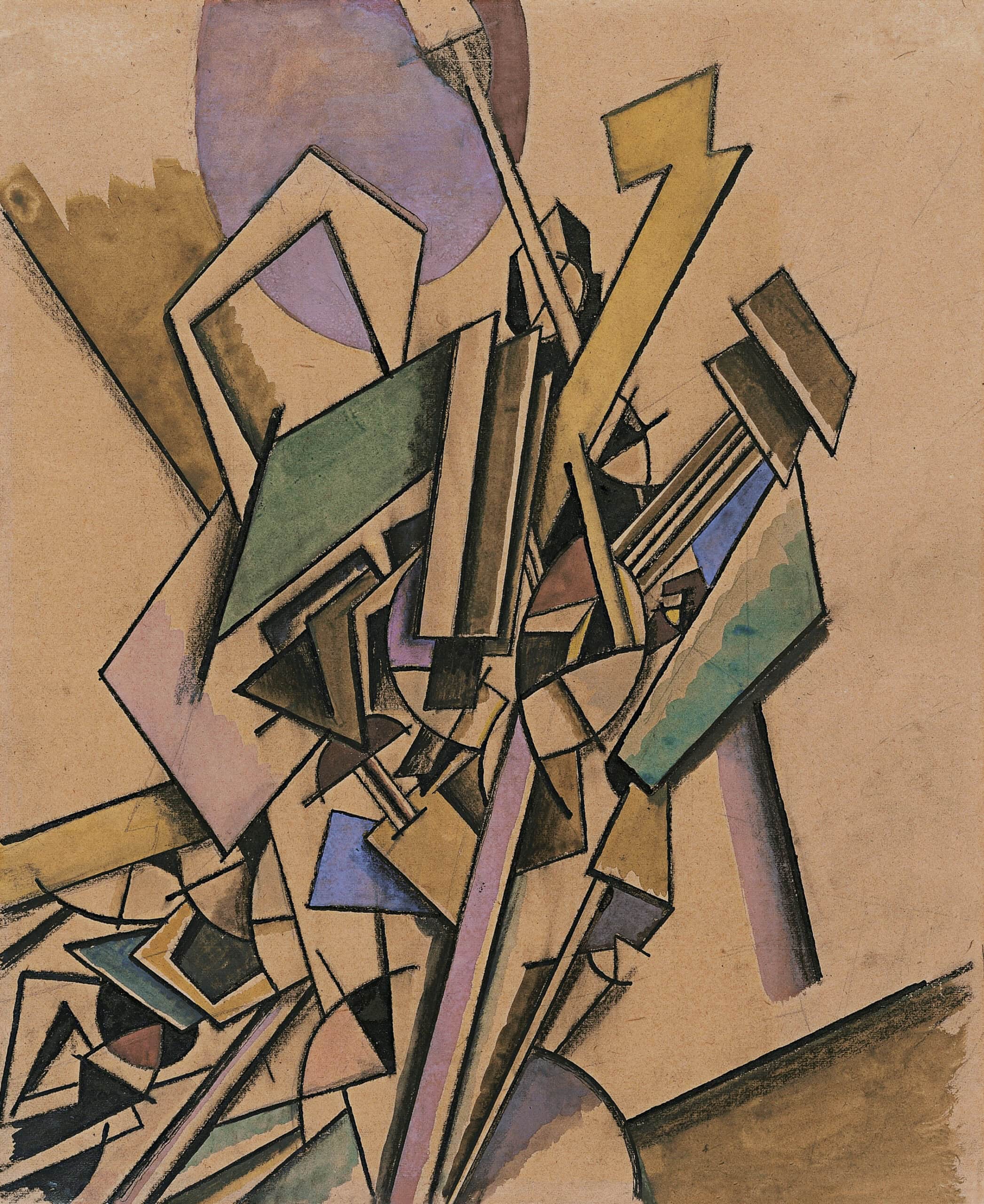
Vorticism emerged in Britain during the early 20th century. It was a response to the rapid changes in society due to industrialization. This movement combined elements of Cubism and Futurism but with a unique British twist. Vorticists focused on bold, dynamic compositions with sharp lines and geometric forms. Their work reflected the energy and chaos of modern life. The movement was short-lived, ending with World War I, but its impact on modern design, especially in graphic arts, remains significant.
Orphism
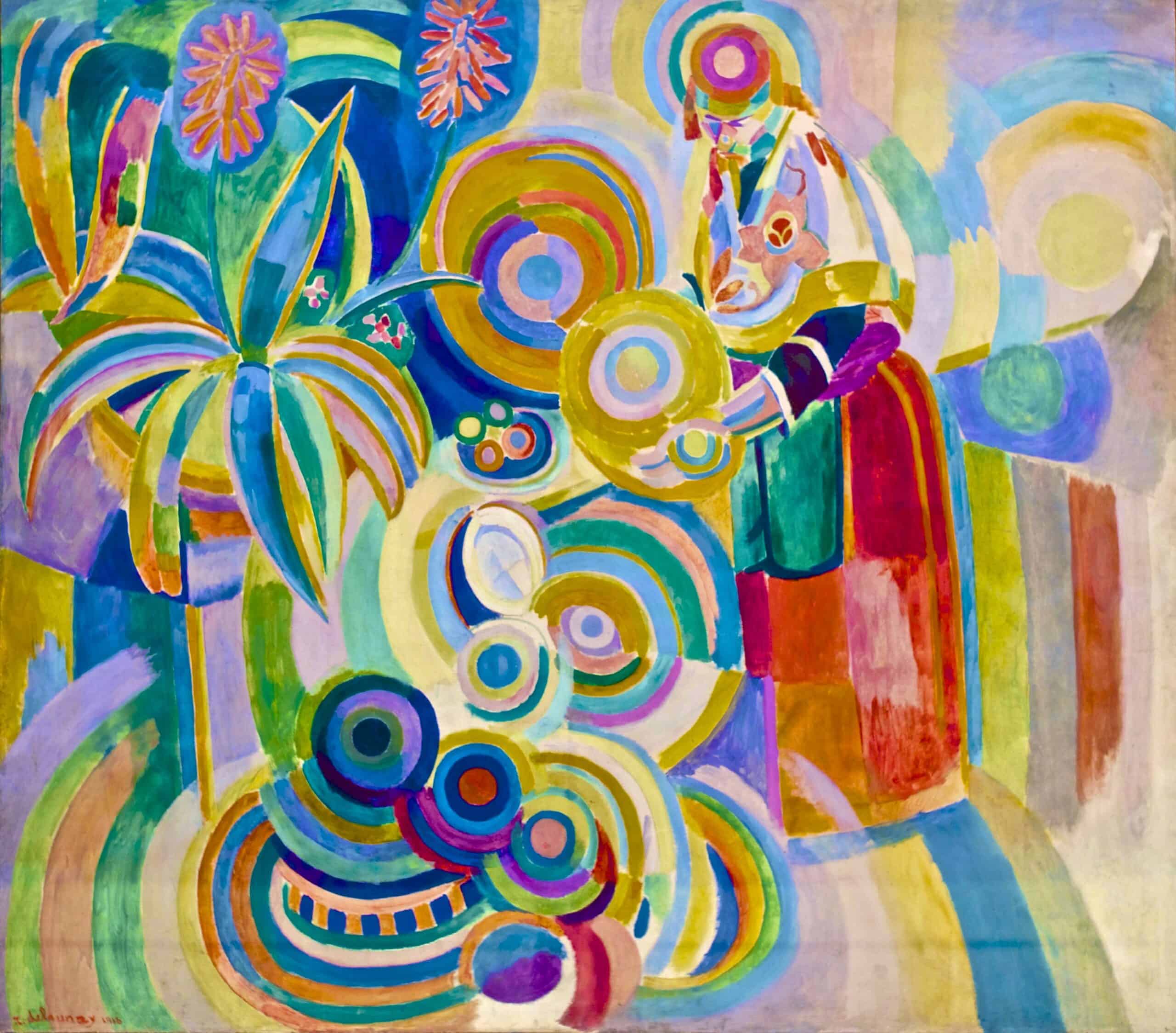
Orphism was an offshoot of Cubism, developed in France by artists like Robert and Sonia Delaunay. This movement emphasized color and abstraction over form. Orphists believed that color could express deeper emotions and ideas. They used vibrant, overlapping shapes to create a sense of rhythm and harmony. Although it was brief, Orphism influenced the development of abstract art and has had a lasting impact on modern graphic design and fashion.
Rayonism

Rayonism was a Russian art movement founded by Mikhail Larionov and Natalia Goncharova in the early 1910s. The movement was named after the use of rays, both light and energy, as a central theme. Rayonists aimed to capture the dynamic interplay of light and color, breaking down objects into intersecting rays. This created a sense of movement and energy in their work. Though short-lived, Rayonism played a crucial role in the evolution of abstract art and had a lasting influence on modern visual culture.
Lyrical Abstraction
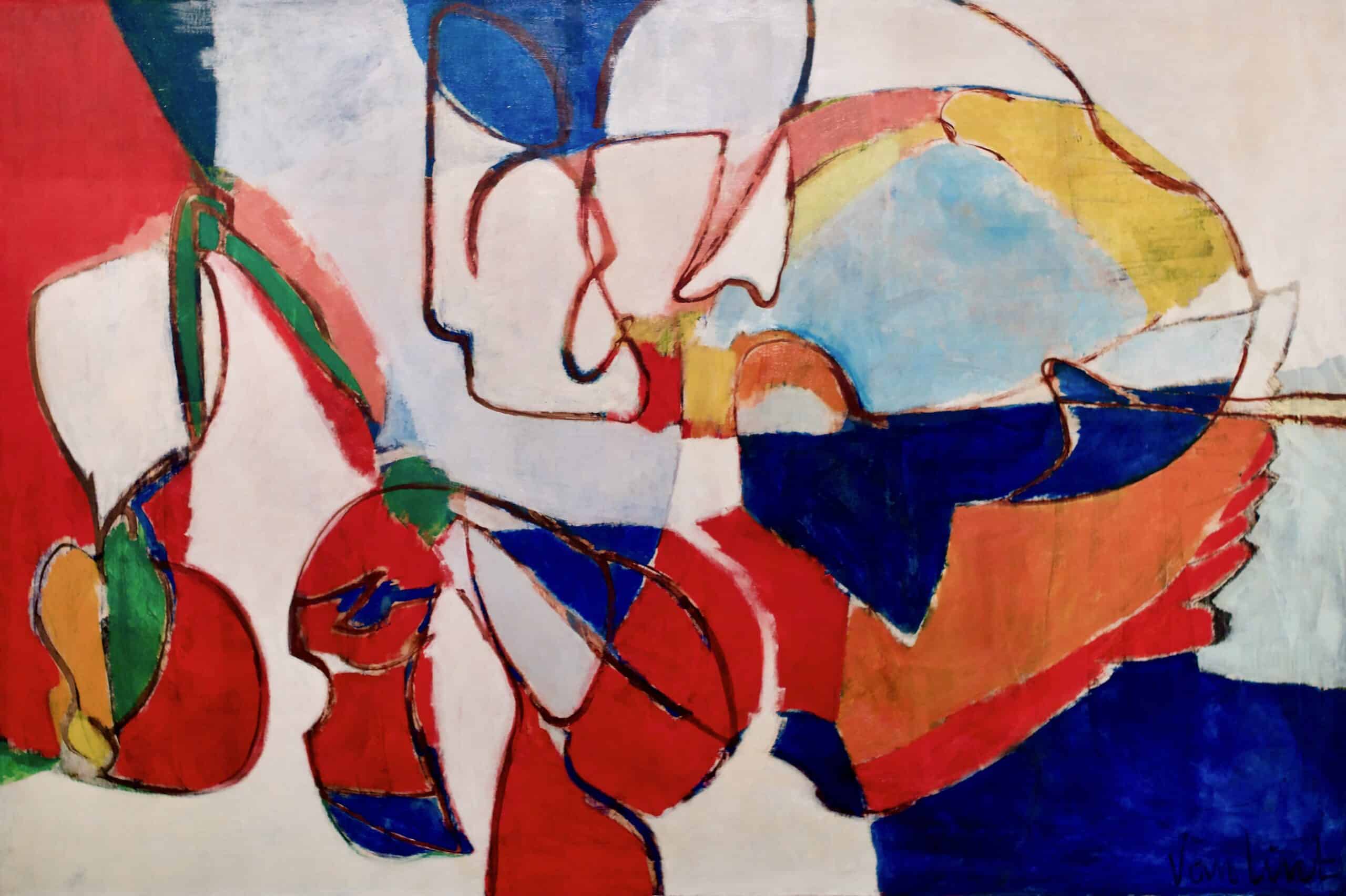
Lyrical Abstraction emerged in the 1940s and 1950s as a response to the geometric rigidity of Cubism and Constructivism. This movement emphasized spontaneous, gestural painting and the emotional expression of the artist. Lyrical Abstractionists used vibrant colors and fluid brushstrokes to convey feelings rather than represent reality. The movement played a significant role in the development of Abstract Expressionism and continues to influence contemporary abstract art.
Tachisme
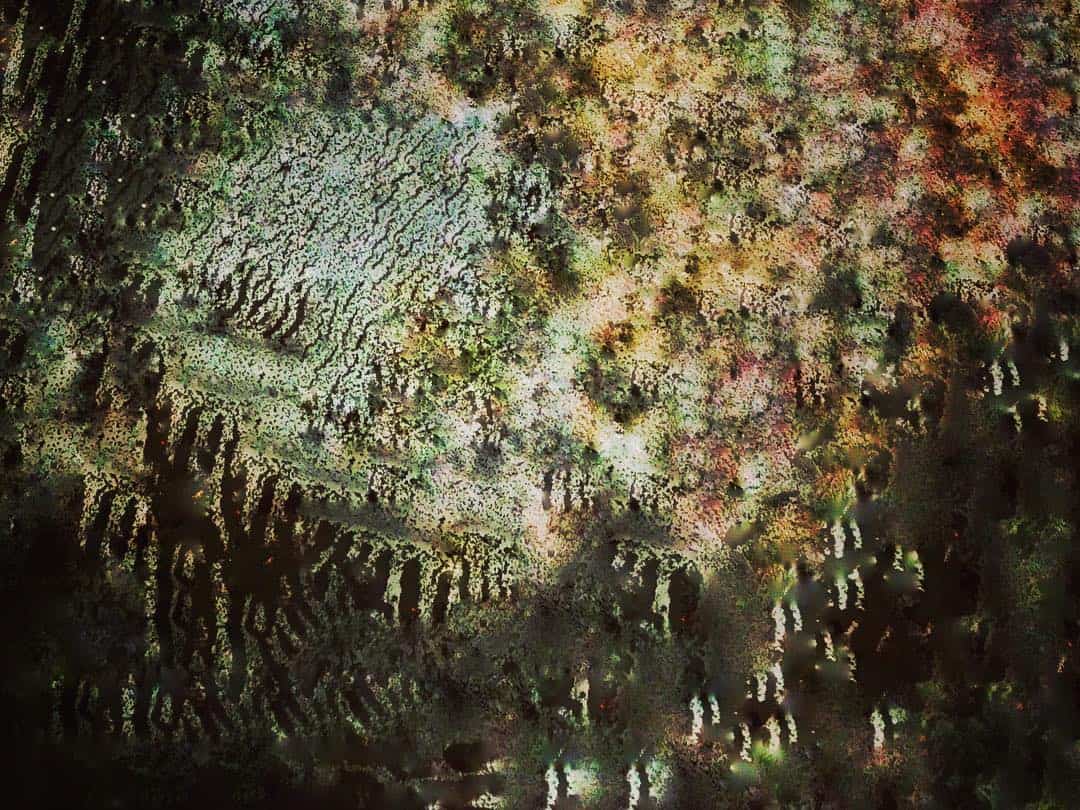
Tachisme, often considered the European equivalent of Abstract Expressionism, emerged in France after World War II. The movement focused on spontaneous, abstract forms created through splashes, stains, and smears of paint. Tachists valued the physical act of painting, often working quickly and intuitively. This approach rejected traditional techniques and embraced chance and improvisation. Tachisme played a key role in the development of modern abstract art, influencing painters worldwide.
Futurism

Futurism was an Italian art movement founded by Filippo Tommaso Marinetti in 1909. The movement celebrated modernity, speed, and technological advancements. Futurists sought to capture the energy and dynamism of the industrial age through bold, fragmented compositions and a focus on movement. They embraced the aesthetics of machinery and urban life, often depicting subjects in multiple, overlapping perspectives. Futurism’s influence can be seen in modern design, film, and architecture.
Suprematism
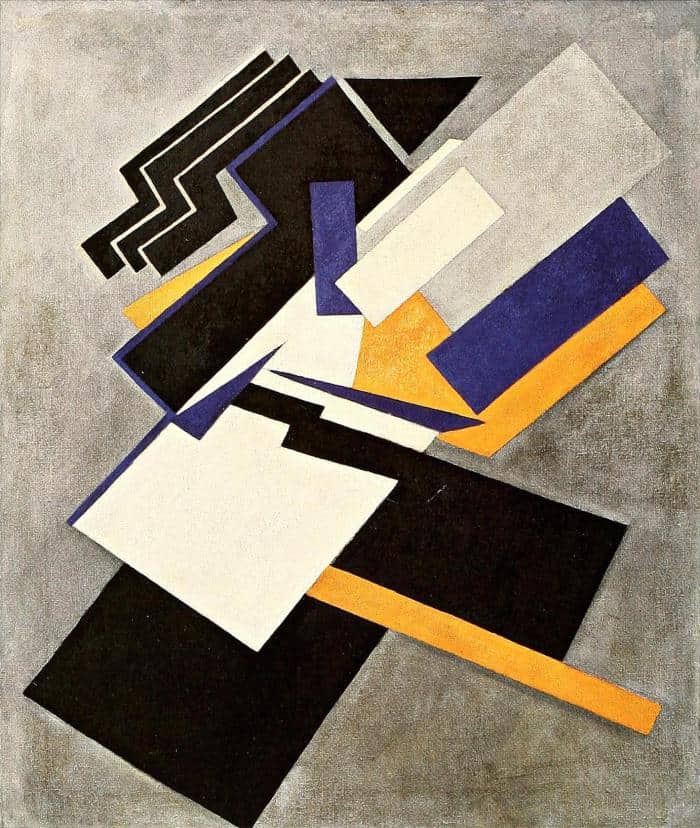
Suprematism was a Russian art movement founded by Kazimir Malevich in 1915. The movement focused on pure abstraction, using basic geometric shapes like squares, circles, and lines. Suprematists believed that art should transcend the material world and express the supremacy of pure feeling. They rejected representational forms, favoring simplicity and spiritual expression. Suprematism influenced the development of abstract art and has left a lasting legacy in modern design and architecture.
Synchromism
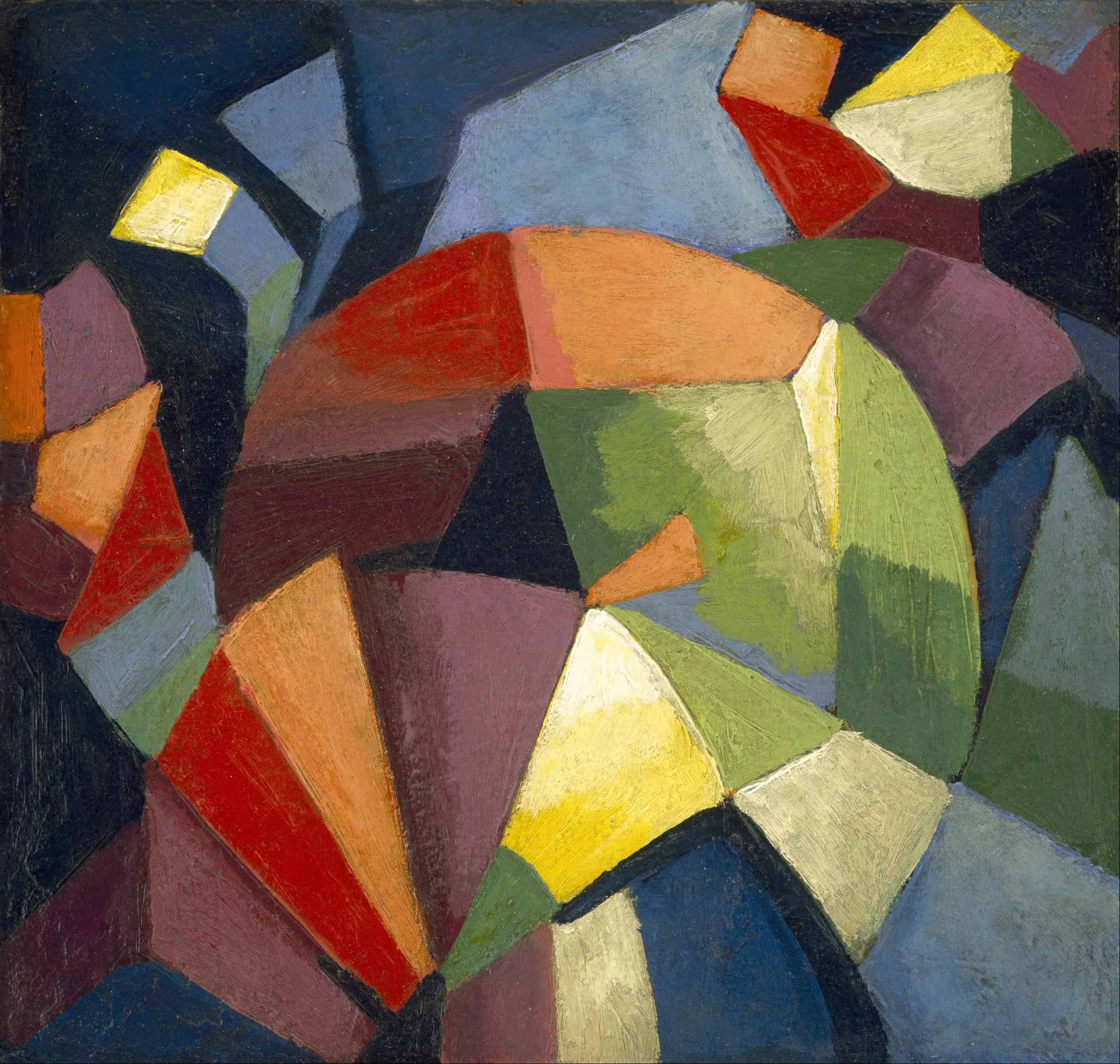
Synchromism was an American art movement founded by Stanton Macdonald-Wright and Morgan Russell in 1912. The movement aimed to create harmony through color, using bold, abstract forms that resembled musical compositions. Synchromists believed that color could convey emotion and rhythm, much like music. They used swirling, vibrant hues to evoke a sense of movement and energy. Though it never gained widespread popularity, Synchromism played a crucial role in the development of abstract art and influenced later movements that emphasized color as a primary element of expression.
Art Brut
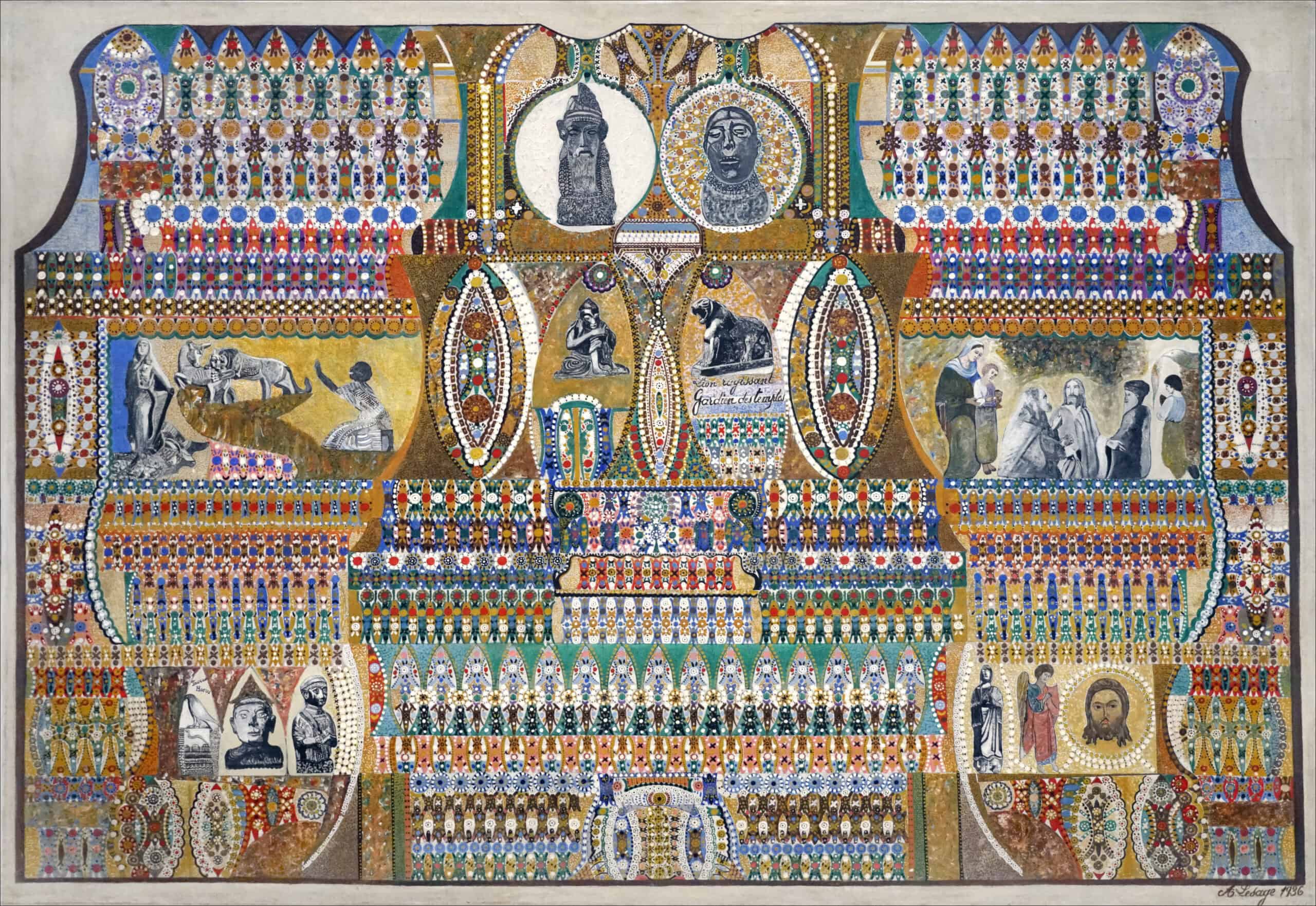
Art Brut, or “raw art,” was a term coined by French artist Jean Dubuffet in the 1940s. The movement celebrated the work of outsider artists, often those without formal training, who created art free from cultural or societal influences. Art Brut emphasized raw, unrefined expression, often using unconventional materials and techniques. Dubuffet believed that this art was more authentic and pure because it was created without concern for trends or artistic conventions. Art Brut had a lasting impact on the recognition and appreciation of outsider art, influencing contemporary artists who seek to break away from traditional norms.
Fauvism

Fauvism was a short-lived but influential movement that emerged in France in the early 20th century. Led by artists like Henri Matisse and André Derain, the Fauves, or “wild beasts,” used bold, vibrant colors and simplified forms to convey emotional intensity. They rejected realistic representation in favor of pure, expressive color, often applying paint in thick, textured layers. Fauvism laid the groundwork for many modern art movements, including Expressionism and Abstract art, and its emphasis on color and emotional expression continues to resonate in contemporary art and design.
This article originally appeared on Rarest.org.
More from Rarest.org
16 Most Spectacular Cave Paintings from Prehistoric Times

Prehistoric cave paintings offer a captivating glimpse into the lives and minds of our ancient ancestors. Read More.
1952 Wheat Penny Value Guide
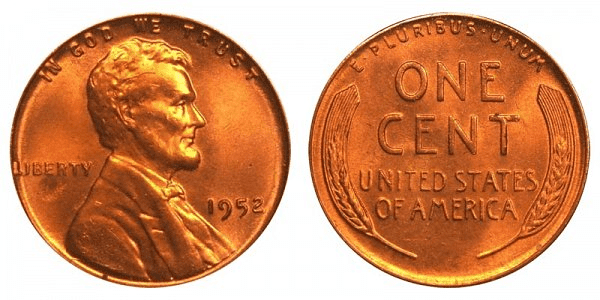
The 1952 wheat penny or Lincoln penny is a one-cent coin the United States Government issued in 1952. Read More.
1952 Roosevelt Dime Value Guide
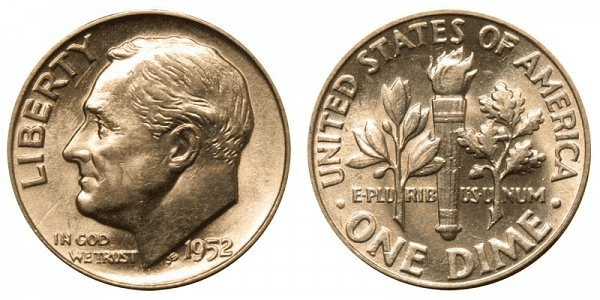
The Roosevelt dime is among the most popular coins in the United States. Thousands of Roosevelt dimes are issued yearly, and the 1952 dime was only one of them. Read More.
